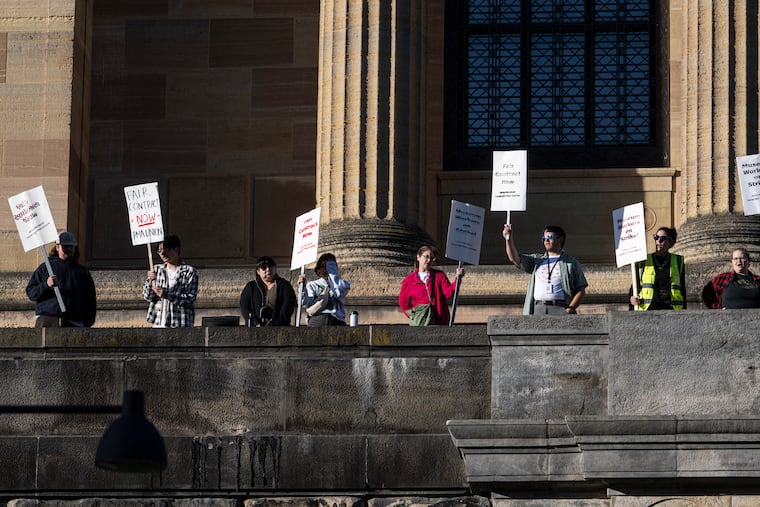What do the art museum workers want? Five key issues at the heart of their strike.
The union takes its contract fight to City Council, says it needs to see movement on core economic issues.

The union takes its contract fight to City Council, says it needs to see movement on core economic issues.
